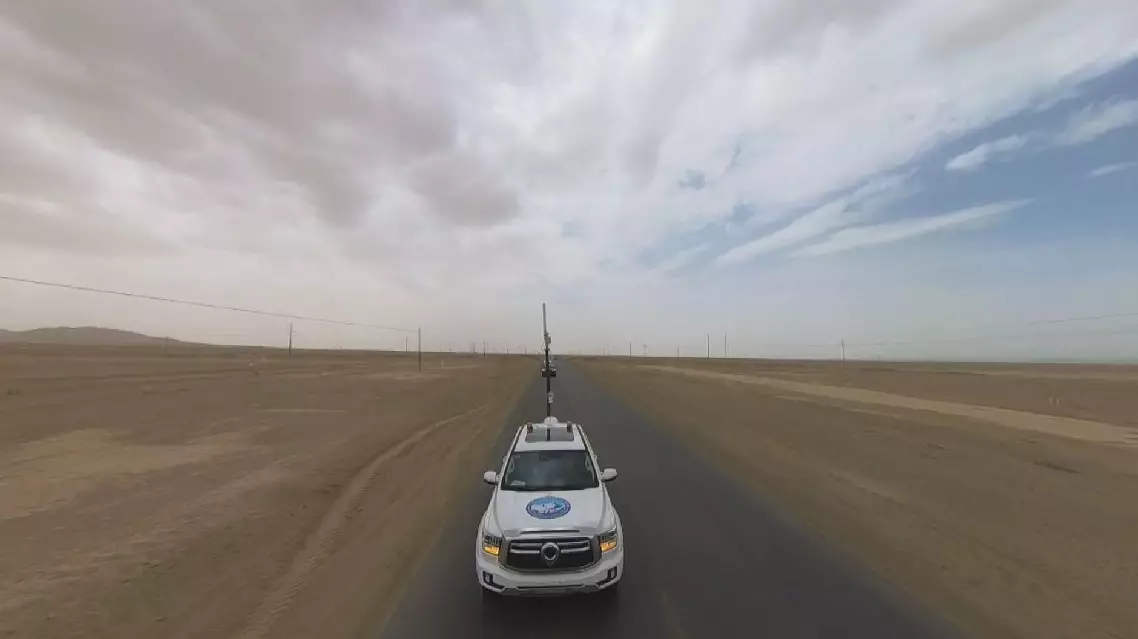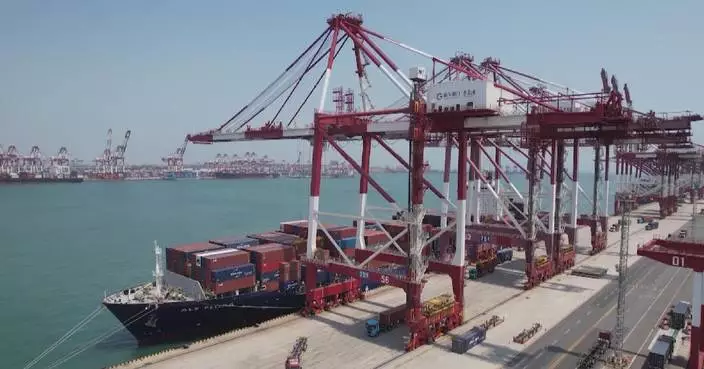China's fixed-asset investment in railway construction soared 10.5 percent year on year in the first four months of the year, to a total of 184.9 billion yuan (about 25.59 billion U.S. dollars), data from China State Railway Group Co., Ltd. showed.
The increased investment contributed to pushing forward the construction of a modern railway infrastructure system in the country at an accelerated pace, according to the state-run enterprise.
In April, the Chizhou-Huangshan Railway, linking Chizhou City and Huangshan City of east China's Anhui Province, started operation. As a tourism route connecting Jiuhua Mountain, Huangshan Mountain, Taiping Lake and other tourist attractions, the railway is of great significance to promoting economic and social development of the regions on the route.
From January to April, the Lanzhou-Wuwei section of Lanzhou-Zhangye high-speed rail line, in northwest China's Ningxia Hui Autonomous Region, as well as the Nanchong-Bazhong section of the Hanzhong-Bazhong-Nanchong Railway in southwest China's Sichuan Province began joint test.
In the four-month period, the construction of a batch of other major projects, including the Meizhou-Longchuan high-speed railway in south China's Guangdong Province and the Wuhan-Yichang section of the Shanghai-Chongqing-Chengdu high-speed railway in central China's Hubei Province was also advanced.
China has made notable achievements in improving its transport infrastructure networks and transport services in recent years. By the end of 2023, the operating mileage of the railway network reached 159,000 kilometers, including 45,000 kilometers of high-speed tracks.

China's fixed-asset railway investment up 10.5 percent in first four months









